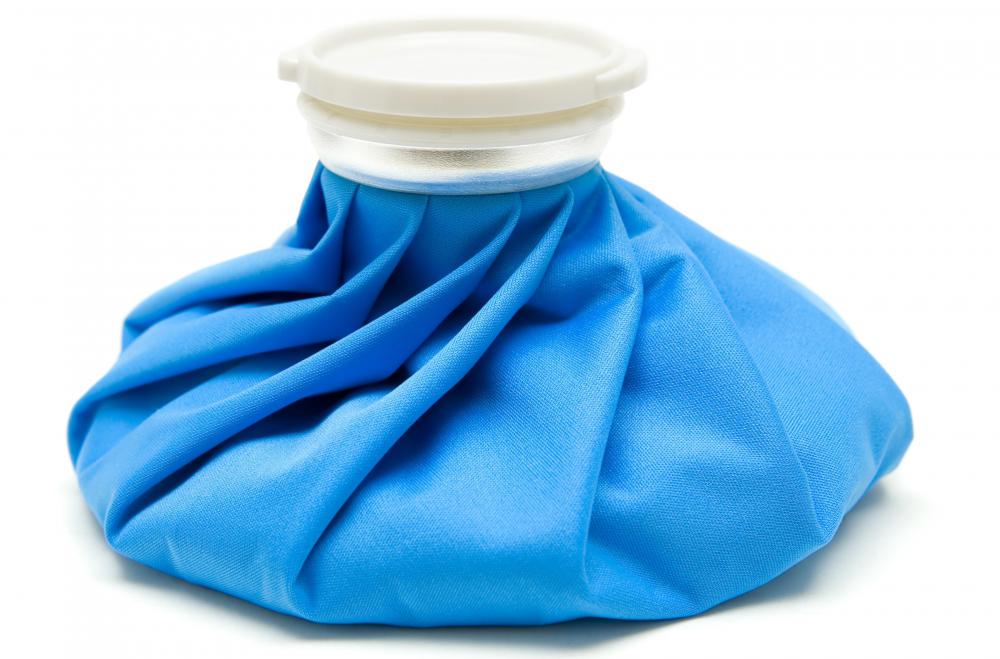At TheHealthBoard, we're committed to delivering accurate, trustworthy information. Our expert-authored content is rigorously fact-checked and sourced from credible authorities. Discover how we uphold the highest standards in providing you with reliable knowledge.
How is a Torn Meniscus Treated?
A torn meniscus, which is the cartilage that lines the knee, can be treated with RICE, which stands for rest, ice, compression, and elevation. This treatment may be the best option for minor tears in the meniscus. More severe tears of the meniscus often require surgery. Depending on the particular tear, a patient's age and overall health, and how physically active he is, the torn cartilage may need to be repaired or replaced.
The RICE method is standard treatment for many knee-related injuries, including those that involve tears of the meniscus. The first part of the RICE method involves resting the knee. This means staying off it as much as possible. The patient may use crutches or a cane to get around when absolutely necessary, but staying off the leg altogether is better.

Ice is the next part of the RICE method. A patient with a torn meniscus can repeatedly place an ice pack on his knee for 20-minute intervals at a time. This can be helpful for reducing swelling. The patient may find it helpful to apply the ice pack several times a day, resting for about 30 to 40 minutes in between applications. Sometimes people experience discomfort when placing ice packs directly on their skin. In such a case, it may help to wrap the ice pack in a towel before applying it.

The next part of the RICE method involves compression. To treat a torn meniscus with compression, a person can apply an elastic bandage or wrap to the area. This can help reduce the swelling and keep the area stable. It’s important to avoid wrapping the injury too tightly, however. Doing so can interfere with circulation and cause swelling to develop beneath the knee.

The last part of the RICE method requires the patient keep the knee elevated above heart level. Elevating the knee whenever the patient is seated or lying down can help reduce swelling. This treatment goes hand in hand with resting and icing the knee.
A person may use over-the-counter pain relievers to manage the pain of a torn meniscus. For example, a patient may choose ibuprofen, aspirin, or acetaminophen to help relieve the pain. If pain is severe, a doctor may offer a prescription pain reliever.

If a person has severe pain after a meniscus tear or the injury interferes with his normal activities, his doctor may recommend surgery. The type of surgery a person has typically depends on how damaged the meniscus is and how active he is on a daily basis. If a person is young and fairly active, for example, a surgeon may replace his meniscus with donor cartilage. In other cases, surgeons may simply sew the torn pieces of cartilage back together again.
AS FEATURED ON:
AS FEATURED ON:
















Discuss this Article
Post your comments